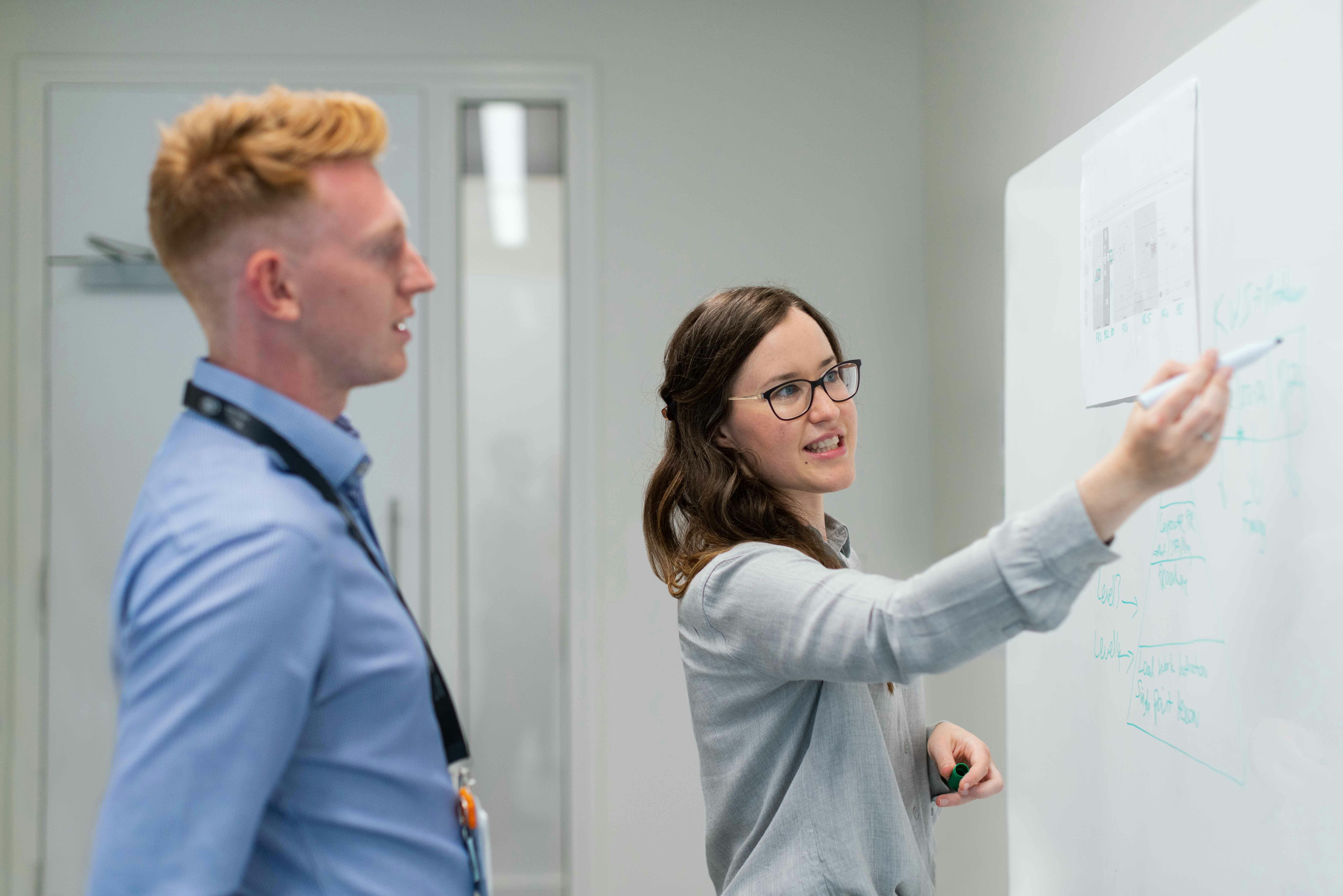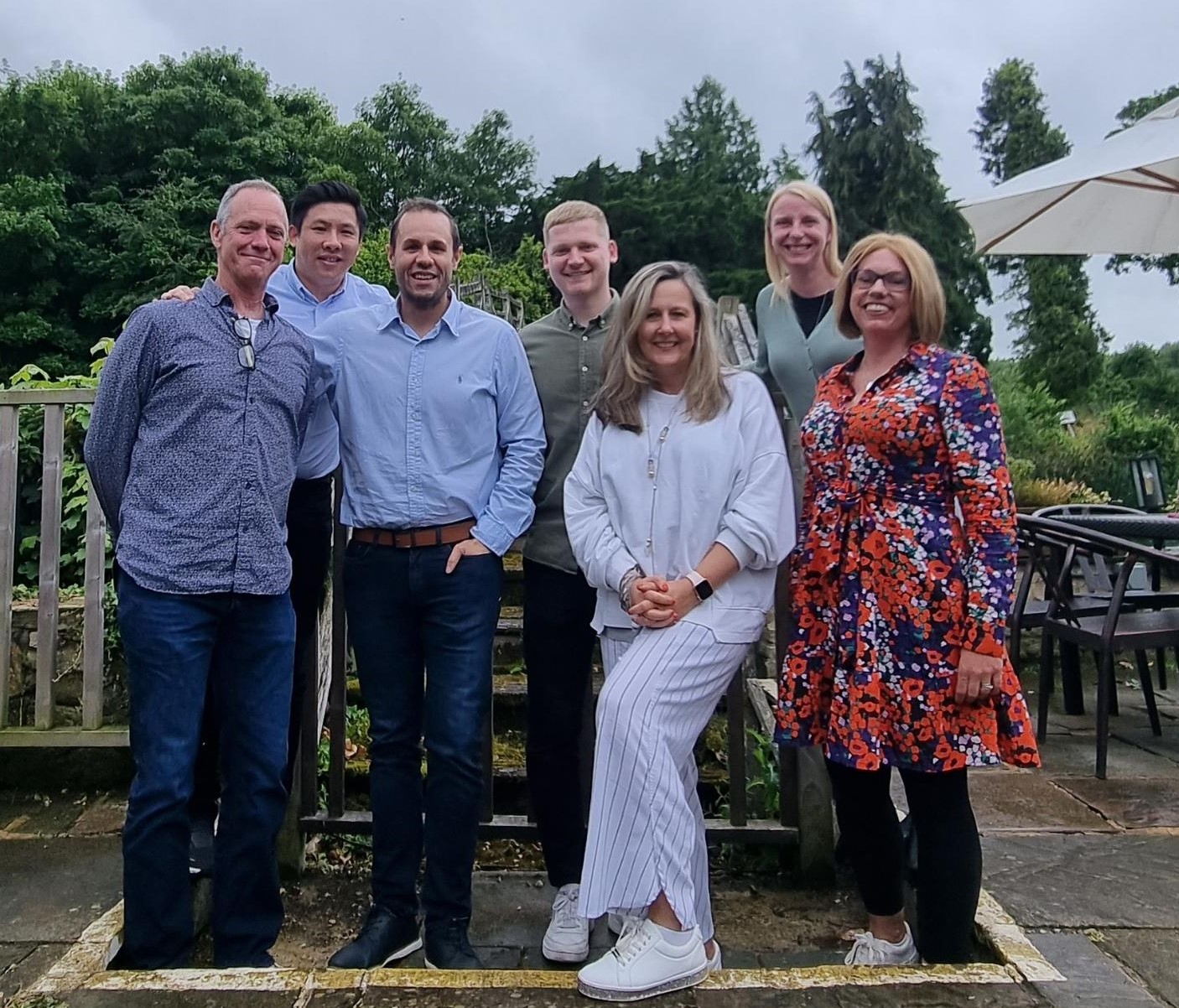Humans have known about change for as long as they’ve been human. As the Greek philosopher, Heraclitus, observed “Change is the only constant in life.” So, why is it that some people find it so difficult to accept change in life and others embrace it with open arms? And, why is it that some organisations find it so challenging to make the smallest of changes while others implement huge changes to personnel or organisational structure with such vitality and positivity?
Perhaps, at the heart of this ‘change conundrum’ is the human factor. Organisations that respect individual thought and expression at all levels will “naturally” encourage and promote a positive attitude and value to work, a sense of continuous learning and a capability and agility to meet new work challenges. In other words, change is seen and communicated as opportunity. As improvement. A chance to do things better.
Successful change starts with effective planning. Recent research by McKinsey shows that 75% of change initiatives within small, medium or large organisations fail. This could indicate that the majority of organisations around the world don’t take change seriously enough. These organisations may not plan for it adequately. They may not consider the implications. They may not deal with the human factor. They think positive things will just happen. Things will be “alright on the night.” But successful change is not a matter of luck.
One of the most critical situations for an organisation to deal with is a change in senior leadership. How does it cope with the departure of the CEO? How does it replace a director who resigns suddenly or a senior manager who leaves to “try something new”? What happens when a key member of the leadership team gets headhunted?
The resultant change can seem overwhelming. Changes within the senior team can lead to organisations having to take a severe hit on industry knowledge, expertise, business acumen and essential leadership skills. The rest of the leadership and organisational team may feel weakened or threatened. Negative effects can filter down to all levels of the organisation: trust in management can be shaken; communication from leadership can stop; morale and motivation can decrease; productivity can take a dip; and percieved prospects for the future may not seem so bright. In short, fear of the unknown can take a firm grip. Negative change has occurred. A storm has arrived.
So, how can an organisation navigate through this difficult storm?
Let’s investigate some positive steps in dealing with this storm and maintaining stability as well as laying the foundations for higher standards and performance.
First, we need a plan. And, we need to be proactive. The idea of succession planning is critical for every major role within an organisation and should not be taken lightly. Succession assessment and analysis should be taken very seriously and updated regularly. Plan B is better than no plan. Succession planning for leadership teams, as opposed to just individual leaders, as reflected in our approach to leadership, helps limit risk associated with relying on one individual in the first instance.
Second, a plan for dealing with the ‘change’ needs to be made. This must involve returning to the organisation’s core: the shared vision, core values, business purpose and key end goals. With the new proposed change in senior leadership, these core factors may have to be re-evaluated, re-aligned or even re-worded.
After identifying the key players who will be involved, we need to build a solid business case. This will involve getting people on board; listening to views and concerns; answering questions; explaining the benefits of the new situation; communicating information clearly; and even influencing or persuading others. In other words, the human touch.
The plan then needs to be implemented. At this stage, senior leaders need to be very careful about the approach adopted. Is it best to lead the change top down, cascading it to all levels? Or, is it more effective to get views from all levels of the organisation before making the final decision? Ultimately, it will depend on the type and scope of the change. In the example of a change in senior leadership, it may be generally wiser to stick to top down.
This approach leads to some clear actionable insights and choices.
To overcome the challenges of a new leadership set-up, the organisation needs to play to the strengths of existing members of the team and work on the potential strengths of these key people. Developmental tools to discover these are available and worth their weight in gold. Hidden talents can be identified and acted upon. Key personnel can be offered new opportunities and tasks with roles and responsibilities re-allocated.
To build stronger, more adaptable and balanced teams, organisations need to invest in quality leadership training. Success of senior leadership will depend on how well these key staff members bring in the appropriate leadership qualities and interpersonal skills to their specific context over time. The good news is these can be learnt and are trainable if organisations get this right, the implications for increased motivation tied to improved business results will be evident.
At an operational level in dealing with changes at leadership level, and in order to deliver on business results, organisations need to build simple and relevant ‘tools’ for people to follow. In other words, ‘best practice’ must be practical. Achieving excellence becomes a habit. Again, training and brainstorming workshops can develop people’s ‘good’ habits in terms of behaviours and skills at every level of an organisation. In this way, managing such a major change in senior leadership becomes a unifying corporate venture (or ‘adventure’).
Navigating change with Edgecumbe
Any major change in an organisation, like the departure of a senior leader, will have serious knock-on implications. If organisations can see this process, as a human interaction rather than a mechanical science, then they will increasingly require – in our fast-changing world – leaders with the ‘human touch’.
To learn more about our approach to leadership and how we can help your organisation, please don’t hesitate to get in touch. From training and leadership development to engagement surveys and people analytics, we help organisations grow and develop through strategic insights.





















